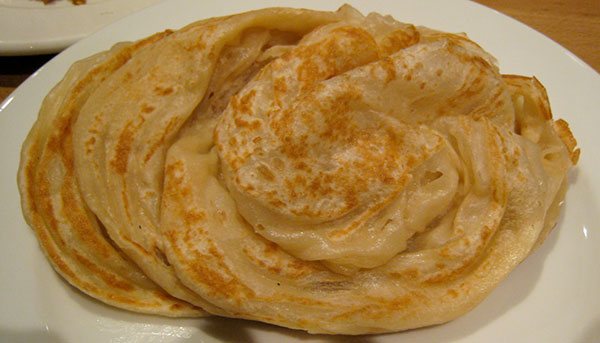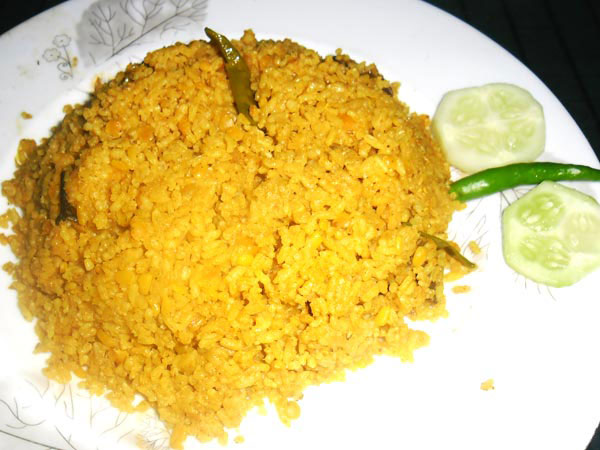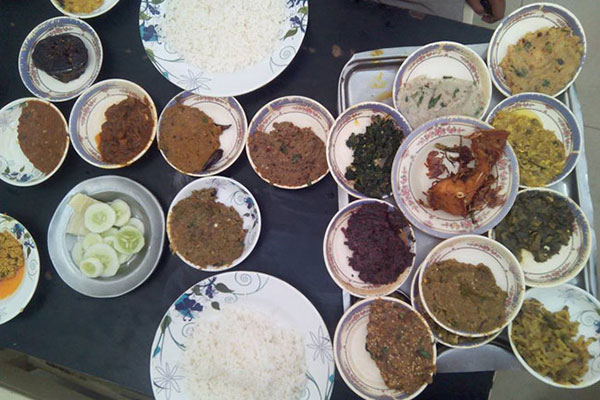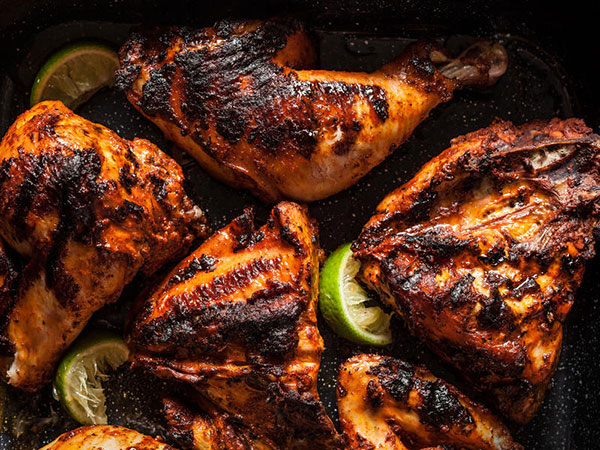“Test Dhaka Streets Foods” while Travel in DHAKA
Post
Introduction of “Test Dhaka Street Foods’ Journey to Introduce Dhaka
Traditional Street and Restaurant Foods with Dhaka Travelers’
Amazing Street Food tour: Discover & Test Dhaka Street Foods, Delicious foods of
Dhaka you can’t miss when Travel Bangladesh.
Amazing
Street Food tour to Old Dhaka Bangladesh. Test Delicious street foods of Dhaka.
Especially of old Dhaka. Dhaka Street Food is part of the Bengali cooking in People's Republic of Bangladesh. Noted for its refined, however generally fiery flavors’, Bengali cooking has an emphasison ingredients like fish, lentils, and rice. Besides an oversized influence from American cooking and South Indian cuisine, national capital Street Foods in Bangladesh is alsoheavily influenced by British cooking, Chinese cooking, and Turkish cooking.

Food in national capital may be found on the streets in pushcarts, in kiosks, in little cafes, in mid-range restaurants, and fine-dining institutions. Street facet stalls and kiosks square measure plentiful, however not notably hygienical, and will be avoided normally. The cooking of Bangladesh / Bengali cooking options seafood and agricultural ingredients conspicuously. Common ingredients employed in several national capital dishes embrace beef, chicken, fish, mutton, goat, rice, wheat, prawns, shrimp, crab, lentils, onions, celery, mustard, tomatoes, ginger, bitter gourd, eggplant / aubergine, potatoes, spices, milk and additional.

PAROTA
Bengali cooking is additionally noted for its use of distinctive cooking tools, like the boti, a curved blade connected to a platform, operated by foot. A typical meal of DhakaStreet Food is typically a one-dish affair, although the normal methodology of serving dishes in Asian country is multiple courses, served one at a time so as, that remainspracticed in ancient ceremonies or once feeding with family.

Vuna Khichuri
The flatbread in Bangladesh is comparable to those served in Singapore, or in India. It's commonly eaten up as a staple, along side alternative dishes, specifically, dry curry or wet curry.

Vajee Vorta 16 Items
..... Beef Bhuna could be a fashionable dish amongst the Muslim community of Dhaka, Bangladesh. It's created by stewing chunks of beef in an exceedingly spice mixture of onions, ginger, garlic, salt, fine cumin, powedered corainder, powdery turmeric, fine cardamom, pepper, chili, tomatoes, juice, tamarind juice, cloves, cinnamon sticks, bay leaves, and fancy with coriander leaves. It's thought of a wet curry dish, usually served with rice or bread.
DAAL FRY
The cooked Rohu (RUHI) Fish options a freshwater fish called Ruhi, a firm, white flesh fish, with several tiny bones, that is often found in Dhaka, Bangladesh. This dish is formed with fillets of rohu fish, ginger, onions, powdery turmeric, powdery cumin, powdery coriander, chili, cloves, cinnamon sticks, bay leaves, pepper, salt, rice flour, juice, and garlic.

Chicken Bar-B Q
The unbelievably sinful, decadent, however addictive daal Butter Fry is created with yellow lentils, tomatoes, onions, small-grained cumin, butter, ginger, small-grained turmeric, salt, and garlic, then garnised with coriander leaves. Super unhealthy, however therefore tasty!
RUI FISH CURRY
A typical Vegetable Bhaji here may feature a variety of different
vegetables, though common ones such as potatoes, carrots, celery, cauliflower,
and / or onions are normally used. The vegetables are cooked in a spice mixture
of bay leaves, garlic, powdered cumin, mustard seeds, chili, curry powder, and
garnished with cilantro leaves. It's considered a dry curry dish, eaten along
with rice or bread.
The Hospose Khichuri is a gourmet delicacy, usually reserved for
religious ceremonies, or served on rainy days. Known in India as Khichdi, it's
made with short grain rice, lentils / mung beans, ghee / clarified butter,
onions, garlic, powdered turmeric, powdered cumin, cloves, cinnamon sticks, bay
leaves, ginger, salt, and lot of chili. Tender, boneless chunks of chicken,
beef, or mutton are stuffed within, and it's served with vegetables (eggplant /
aubergine, cucumbers, celery) on the side. Hospose Khichuri has a dry texture,
a prominent savoury taste with some sweetness, and a lingering spicy
burn.
The Thosai is
Bangladesh is similar to those served in both Singapore and India, the
difference is the other side dishes it's paired with. For a Thosai Chicken
Masala set meal, the large, crisp Thosai is served with chunks of chicken
masala, chana masala, mango pickle, yoghurt plain, and a coconut chutney.
Payesh is a popular Bengali dessert, similar to the Rice Kheer served in
North India, or the Pal Payasam served in South India. It's made with boiled
rice, milk, and sugar, flavoured with cardamom, raisins, saffron, cashew nuts,
pistachios, and / or almonds. The difference is that Payesh is creamier but
less sweet than either Kheer or Payasam. In Dhaka and throughout Bangladesh,
this is considered an auspicious food, usually associated with birthday
celebrations.
A sour Mango Pickle, served as part of a set meal here. It's made with
green / unripe mangoes, fenugreek seeds, fennel seeds, mustard seeds, nigella
seeds, and mustard oil.
The Yoghurt Plain from Bangladesh is served as part of a meal, just like
in Singapore or in India. It's almost like a condiment here, paired with each
mouthful of food.
When it
comes to Dhaka street food, it has some very tasty food to offer…
Bhelpuri (Locally called as Fuchka) is one of the most common and
popular street food in Dhaka. You can find at least one Bhelpuri-wala(bhelpuri
seller) in every area. It is a savoury snack, and also a type of chaat. The
Bhelpuri is made of fuchka shells, puffed rice, vegetables and has
cucumber toppings. Finally, it is served with a tangy tamarind sauce.
Chotpoti and fuchka are two street foods that are from the previous
decade. In its time it was the street food for couples. Many stories were
written about couples sharing a plate of chotpoti and fuchka. In some areas
like Bailey road and Taltola, chotpoti/fuchka stalls are still immortal.
Jhalmuri is a very well-known street food in Dhaka. Jhalmuri is
basically puffed rice with green chili, lemon, ghumni and in some cases a
little bit of chanachur. It is at least as popular as bhelpuri, if not more.
Many people love the various types of jhalmuri that is found in the streets of
this city. The magic of jhalmuri is probably the 'ghumni’ item that they use.
It makes all the ingredients sticky with each other and overall gives a basis
to the taste of jhalmuri.
Achars are made with fruits or in some cases vegetables. They are made
by seasoning in oil. They are made mostly from sour fruits. Various flavors of
Achars are available throughout the Dhaka streets in either little packets,
bhorta or slices.
Peanut is a very common street food mostly liked by middle aged people,
but its loved by all age groups as well. They are sold in almost every corner
of the city. The peanuts are roasted in front of you and packed inside a paper
bag, for added taste some Gorom masala is added as well.
According to the season, you can find many types of sour or sweet fruits
sliced and sold in many places. They are smeared in salt, green chili and
sometimes kasandi.
Daalpuri cooked
with more ingredients. They are not as big as daalpuri but not as little as
bhelpuri either. They taste a little spicy and sometimes contains a little
amount of meat.
Shrimp kebab is a less occurrence start food item. They are usually
available during the festive times. The shrimp kebabs are tasty and delicious,
a perfect snack during the winters.
Tikka kebab with parata is one of the best street food to try. Firstly,
they are made in front of you so kind of like a live kitchen. Secondly, they
taste phenomenal. The kebabs and paratas are made separately. Then they place
the little tikka kebabs inside the parata and make a roll.
Bhapa pitha and Chitoi Pitha are sold in streets in many places. But
they are served mostly during winter. Bhapa pitha is made of rice grains and
filled with lots of gur and coconut crust inside. Chitoi pitha is also made of
rice grains. It is a snack served with gur or ‘bhartas’
